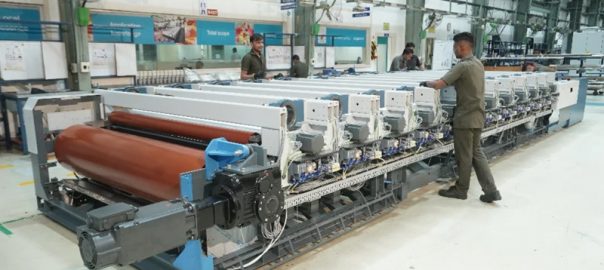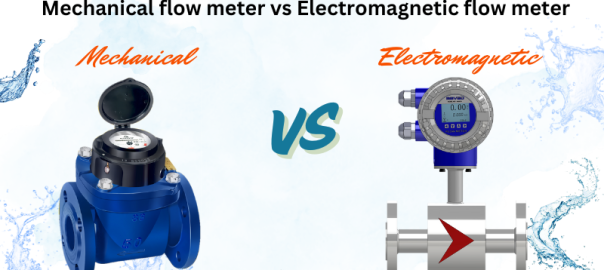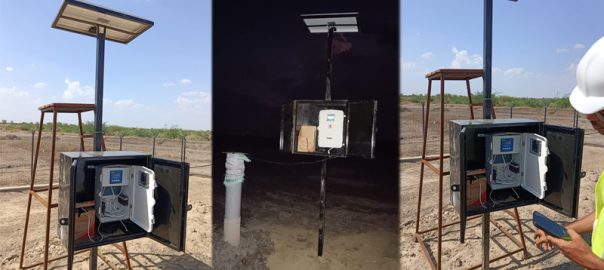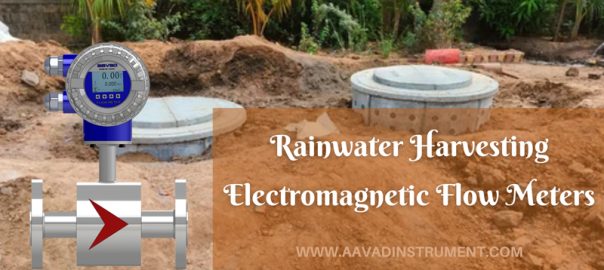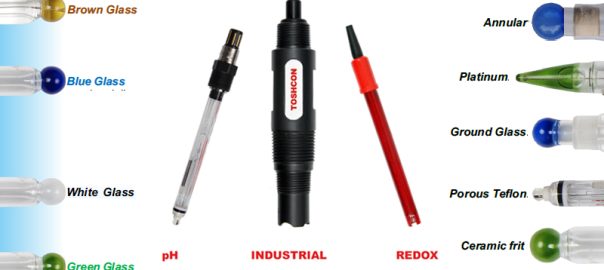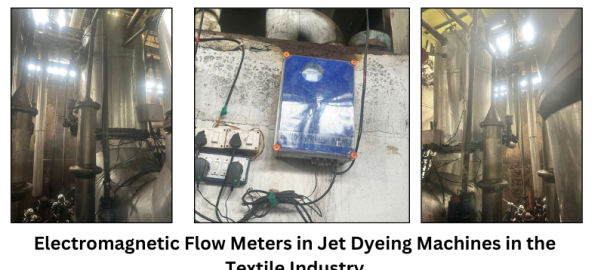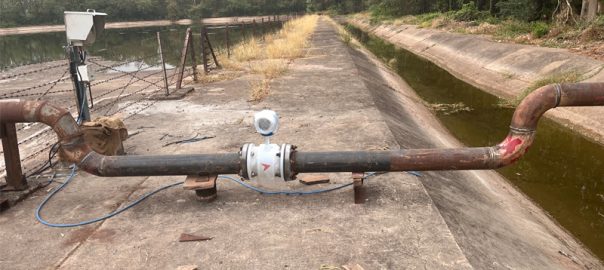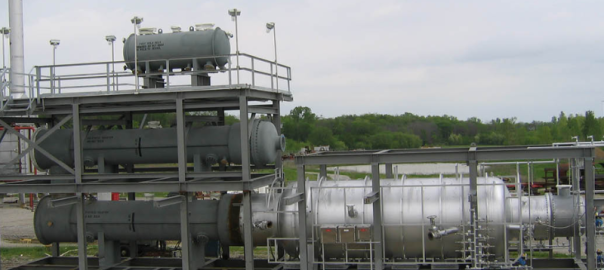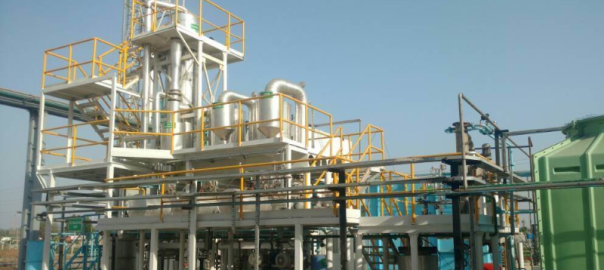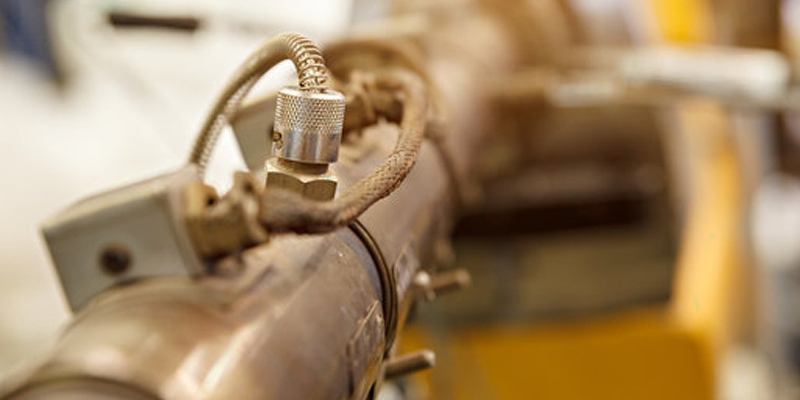
Plastic molding machines play a crucial role in the manufacturing industry, enabling the production of a wide range of plastic products. These machines have evolved over time, incorporating various technological advancements to enhance efficiency and precision. One such advancement is the integration of thermocouples, which have revolutionized temperature control and monitoring within plastic molding processes. In this blog post, we will explore the significance of thermocouples in plastic molding machines, their benefits, and their impact on the industry.
Understanding Thermocouples in Plastic Molding Machines: Thermocouples are temperature sensors that consist of two dissimilar metal wires joined at one end, forming a junction. These sensors operate on the principle of the Seebeck effect, where temperature differences generate a voltage that can be measured. In plastic molding machines, thermocouples are strategically placed within the mold or other critical areas to monitor and control temperature variations accurately.
Importance of Temperature Control in Plastic Molding: Temperature control is a crucial factor in plastic molding processes as it directly impacts the quality and properties of the final product. With the integration of thermocouples, plastic molding machines can accurately measure and regulate the temperature at various points within the machine, ensuring consistent and optimal conditions for the plastic material.
Benefits of Thermocouples in Plastic Molding Machines:
A. Precise Temperature Monitoring: Thermocouples provide real-time temperature readings, allowing operators to monitor and adjust the machine’s settings accordingly. This precise control minimizes the risk of defects caused by temperature fluctuations.
B. Enhanced Quality Control: By ensuring consistent temperature levels, thermocouples contribute to improved product quality and reduce the likelihood of defects such as warping, shrinkage, or uneven cooling.
C. Energy Efficiency: Thermocouples enable efficient energy usage by accurately controlling the heating and cooling processes. This optimization reduces energy waste and overall production costs.
D. Increased Production Efficiency: With thermocouples, the time required for temperature stabilization is significantly reduced. This leads to faster cycle times and increased production efficiency, enabling higher output in a shorter timeframe.
Integration of Thermocouples with Control Systems: Modern plastic molding machines incorporate advanced control systems that leverage thermocouple data to automate temperature regulation. These systems continuously analyze temperature readings and make real-time adjustments to maintain the desired temperature range, ensuring optimal conditions throughout the production process.
Future Trends and Innovations: As technology advances, thermocouple integration in plastic molding machines is likely to continue evolving. Researchers and engineers are exploring the use of advanced materials and sensor configurations to further improve accuracy, durability, and responsiveness. Additionally, the integration of thermocouples with artificial intelligence and machine learning algorithms may enable predictive maintenance and further enhance process control.
Types of Thermocouples: There are various types of thermocouples available, each with its own temperature range and characteristics. In plastic molding machines, common types of thermocouples used include Type K, Type J, and Type T thermocouples. The selection of the appropriate thermocouple type depends on the temperature range required for the specific plastic molding process.
Temperature Calibration and Accuracy: To ensure accurate temperature measurements, thermocouples need to be calibrated periodically. Calibration involves comparing the readings of the thermocouple with a known reference temperature. This calibration process helps maintain the accuracy and reliability of the temperature control system in the plastic molding machine.
Thermocouple Placement: The proper placement of thermocouples within the plastic molding machine is crucial to achieve accurate temperature readings. Thermocouples are typically positioned in critical areas such as the mold cavity, hot runner system, or cooling channels. Placing thermocouples in these locations allows for precise monitoring of temperature profiles throughout the molding process.
Temperature Control Zones: Plastic molding machines often feature multiple heating and cooling zones to accommodate different sections of the mold. Thermocouples play a vital role in each zone by providing feedback to the temperature control system, enabling individual control of heating and cooling elements. This zone-based control ensures uniform temperature distribution within the mold, leading to consistent product quality.
Safety Considerations: Thermocouples used in plastic molding machines should adhere to safety standards and regulations. Proper insulation and shielding of thermocouple wires are essential to prevent electrical interference and ensure operator safety. Regular maintenance and inspections are necessary to identify any potential issues with thermocouples and mitigate risks.
Real-Time Monitoring and Alarms: With the integration of thermocouples, plastic molding machines can incorporate real-time monitoring systems. These systems continuously track temperature readings and can trigger alarms or alerts if temperature values deviate from the desired range. Operators can promptly address any issues and prevent potential quality defects or machine malfunctions.
Overcoming Challenges: While thermocouples offer significant advantages, they also face certain challenges. One such challenge is the possibility of signal degradation due to electrical noise or electromagnetic interference. Shielding techniques and proper grounding can help minimize these effects and maintain accurate temperature measurements.
Integration with Process Data: Thermocouple data can be integrated with other process data, such as pressure, flow rates, and cycle times, to gain a comprehensive understanding of the plastic molding process. This integration allows for better process optimization and quality control, leading to improved overall efficiency and product consistency.
Environmental Considerations: In addition to temperature monitoring, thermocouples can also provide valuable data for environmental considerations. By measuring and analyzing temperature trends over time, operators can identify opportunities to optimize energy usage, reduce waste, and minimize the environmental impact of plastic molding processes.
Training and Education: As the use of thermocouples becomes more prevalent in plastic molding machines, proper training and education for operators and technicians are crucial. Understanding thermocouple principles, calibration procedures, and troubleshooting techniques ensures optimal utilization and maintenance of these temperature sensors.
Thermocouples have become indispensable in the field of plastic molding machines. Their ability to monitor and control temperature variations with precision has significantly improved product quality, production efficiency, and energy optimization. As the industry continues to evolve, we can expect further advancements in thermocouple technology, leading to more sophisticated and intelligent plastic molding machines that meet the demands of modern manufacturing.

